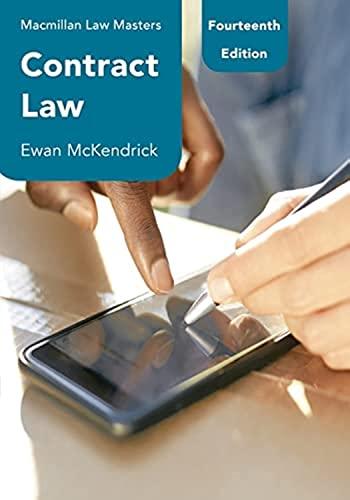Question
Read this article from the New York Times Equal Employment Opportunity Commission (EEOC) v. Abercrombie and FitchLinks to an external site. . If you cannot
Read this article from the New York TimesEqual Employment Opportunity Commission (EEOC) v. Abercrombie and FitchLinks to an external site.. If you cannot access the New York Times article you may read this brief on the EEOC's website Abercrombie Resolves Religious Discrimination Case.Links to an external site. (You do not have to read botharticles to complete this assignment.) This case is also summarized on page 560-561 of your textbook. In this case the U.S. Supreme Court decided that a women who was denied employment at Abercrombie and Fitch because she wanted to wear a head scarf (hijab) could sue the company for employment discrimination. The company had argued that the hijab clashes with their dress code which they described as "classic east coast collegiate" style. The court said that the real reason Abercrombie denied her a job is that they did not want to accommodate her religious practice. In your original post discuss the following with your classmates:
1. Did the company really try to disguise religious discrimination in its dress code or was maintaining their style a legitimate company interest?
2. The court said that a perspective employee did not have to disclose the need for a religious accommodation at the time of their application. Do you agree that this is appropriate?
3. Title VII requires that the employer make a "reasonable accommodation" for an employee's religious practice. Does allowing her to wear a headscarf meet this standard or does it create undue hardship? Explain.
Step by Step Solution
There are 3 Steps involved in it
Step: 1

Get Instant Access to Expert-Tailored Solutions
See step-by-step solutions with expert insights and AI powered tools for academic success
Step: 2

Step: 3

Ace Your Homework with AI
Get the answers you need in no time with our AI-driven, step-by-step assistance
Get Started


